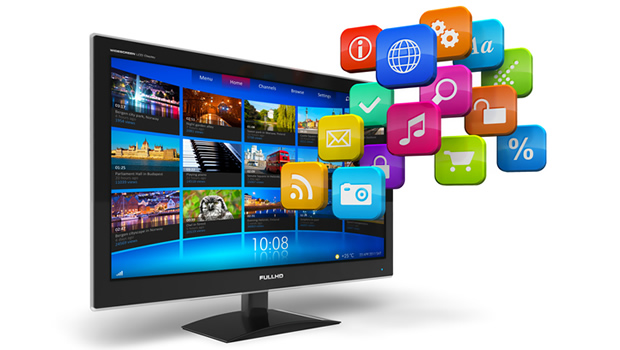The information age is rapidly turning into an age of information overload. A simple search of the web using a search engine like Google reveals a fantastic array of information. As I’ve discovered given the thousands if not millions of results, trying to sort through and make sense of any of that data is an exercise in futility. This sort of rudimentary search and pray approach isn’t effective, and grows more ineffective by the day with the growing size of the web. Why can’t it be easier? It can – Web 3.0 or the Semantic Web holds that promise.
Let’s say you want to look for my postal address. You’d probably make a search through Google or the like and reach my blog, after that you’ll look through several pages and hope you can locate my address somewhere amongst those pages. The current web is organized around mostly around HTML. While HTML is great for creating hyperlinks and pages, it’s pretty much useless at identifying the content of the pages in any useful way. My address while part of the contents of my blog isn’t tagged in any special way that makes it identifiable as such.
Web 3.0 is changing the way information is handled; content can be tagged with descriptors, marking the change from a display of information to actually understanding what the information is. Someone looking for the actual content of my address will find it easy, now tagged with a descriptor ‘postal address’. Users of web 3.0 technologies will also be able to find relationships between such tagged information using inference rules and tools that can organize data – known as ontologies. These ‘ontologies’ provide the framework of logic and structure required to evaluate information embedded in webpages. Simply put, this lets machines do the bulk of the information searching, collation and evaluation.
Ultimately, Web 3.0 will allow for creation of software agents that can locate and combine information from varied sources on the web and create a view that’s appropriate for you and your preferences. It would be a simple matter to tell the agent what you are interested in – subject, activity, questions, statistics, whatever – and it’ll roam the web, finding and putting together this information view for you. While doing so, it’ll exchange information with countless other agents, without you being involved in anyway. The level of data integration web 3.0 will offer is mind-boggling. By understanding the concept of a postal address, an intelligent agent will be able to draw all manner of other conclusions like how far I live from a specific location, postal rates in my locality, the weather, or directions to a railway station.
Websites that are driven by databases do know my address as an ‘address’, however that understanding isn’t shared with other websites or web services. What’s needed is a universal definition for ‘address’ that anyone web service could use to talk to my website. Building these common taxonomies, inference rules and ontologies will eventually turn the web from being just an information container into a more sensible whole.
Obviously, the implications of the emergence of the semantic web have profound implications for learning. While I’m speculating about what those might be, I’m only brushing the tip of the iceberg. As with most spectacular technological advances, the true implications of a truly semantic web will only be realized with mass adoption. Web 3.0 has a huge advantage right off; the web in its currently limited form is already used by millions.
One of the latest verbs to enter our vocabulary has been to ‘google’. A typical google search reveals hundreds of thousands if not millions of matches. If it’s a popular search topic, you can expect millions of matches. These matches link up to information that ranges from very simple to extremely complex. If you’re really interested in the subject, you’ll dig deep and look at those complex resources. Typical users don’t really go beyond the first ten or twenty matches. Obviously, what’s displayed on Google search isn’t necessarily the most authentic or verified information from amongst the thousands of matches. By viewing the top links, we are essentially letting Google sort and to some extent evaluate the content presented, do you trust Google? Do you have a choice?
A thoroughly articulated semantic web wouldn’t actually return a bunch of links on search. What you’d get is a multimedia report that would draw from all available sources on the web. It’d include content from websites, from journals, from various repositories, from blogs and other user generated content. In fact, such a report would include all possible networked sources of information. Letting the web know about you means it can provide information that is relevant and timely, without having to go out and look for it.
The underlying principles of the Semantic Web will make it highly inclusive, providing a uniform descriptive language that can be used across devices, platforms and protocols; providing for all manner of media and technologies. As a consequence, learners will spend less time searching, sorting and evaluating content and more time soaking in, thinking about and participating meaningfully in the learning process.














